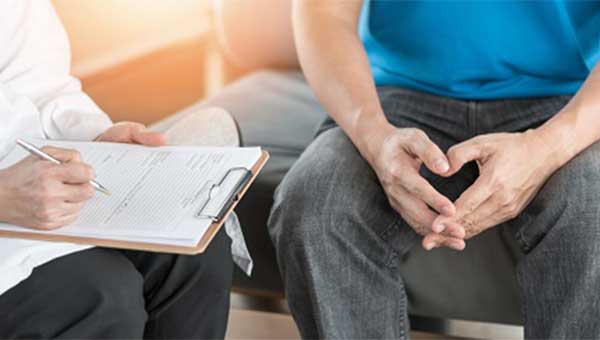Test for Testicular Cancer
 It’s a type of cancer that affects only men, including athletes like Scott Hamilton and Lance Armstrong who have publicly shared their battles with testicular cancer. Although it’s not a common cancer, more than 9,300 newly diagnosed cases are expected in the United States this year, according to the American Cancer Society.
It’s a type of cancer that affects only men, including athletes like Scott Hamilton and Lance Armstrong who have publicly shared their battles with testicular cancer. Although it’s not a common cancer, more than 9,300 newly diagnosed cases are expected in the United States this year, according to the American Cancer Society.
The organization notes that testicular cancer mostly affects young and middle-aged men, and 33 is the average age of diagnosis. It adds that children and teenagers account for about 6 percent of cases, while the disease affects about 8 percent of men older than age 55. The American Cancer Society says the lifetime risk for a man to die from testicular cancer is low – about 1 in 5,000 – because usually it can be successfully treated.
The Mayo Clinic notes that the symptoms of testicular cancer include:
- An enlargement or lump in a testicle
- A heaviness in your scrotum
- Suddenly having a collection of fluid in your scrotum
- A dull ache in your groin or abdomen
- Tenderness or enlargement of your breast tissues
- Discomfort or pain in one of your testicles or in your scrotum
- Back pain
There are several risk factors that might increase your testicular cancer risk, according to the Mayo Clinic, including:
- Family history: You have an increased risk if a family member has had the disease.
- Age: While it can happen at any age, it’s more common among young and middle-aged men.
- Race: The disease is more common among Caucasian and African American men
- Cryptorchidism, or having an undescended testicle
- Abnormal testicle development
The National Cancer Institute says the five standard treatment options include surgery, chemotherapy, radiation therapy and surveillance, and patients can participate in clinical trials. Talk to your doctor for more information about risks, symptoms and treatment options for testicular cancer.
